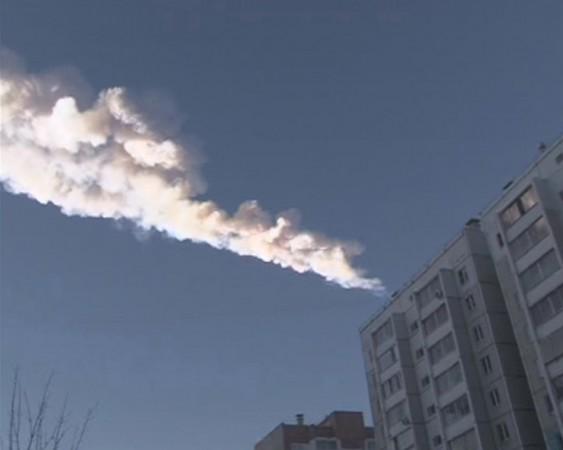
In a recent study, scientists discovered the source of meteor which struck the Russian city of Chelyabinsk earlier this year and have detected about 20 more such types of gigantic meteors which could pose a possible threat for the planet in the near future.
The powerful meteor strike had left around 1,000 people injured and made a humongous impact which fared greater than the intensity of the 30 nuclear bombs that stuck Hiroshima.
The recent study has discovered the original path of the meteor and names it a part of the perilous asteroid clan as 2011 EO40. The study said the Chelyabinsk meteors were a part of the same group before it disintegrated into pieces, either owing to gravitational pulls from planets or the Sun's high temperatures. The scientists, after studying about orbits of various asteroids and billions of possible computations with the aid of NASA data, found out 20 of such asteroids in the the E040 clan which can possibly collide with Earth.
The asteroids estimated on the collision course are said be of varied sizes with some even twice bigger than those which stuck Earth. The biggest asteroids in the E040 are about 200 metres. The Chelyabinsk meteor which stuck the planet was the size of a house and weighed around 11,000 tonnes.
The next asteroid proximity to Earth is expected in the year 2025.
The study headed by Carlos de la Fuente Marcos with his colleagues from the Complutense University in Madrid has been published in the Monthly Notices of the Royal Astronomical Society journal.

















